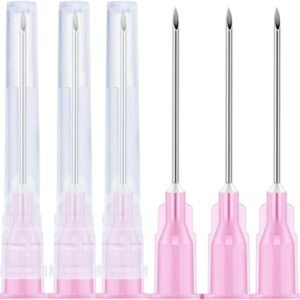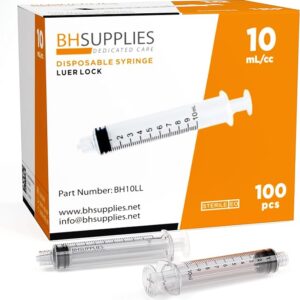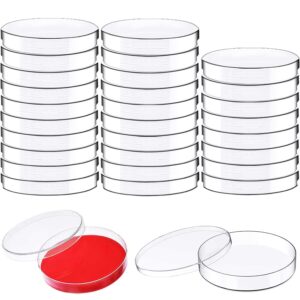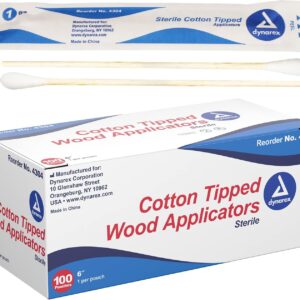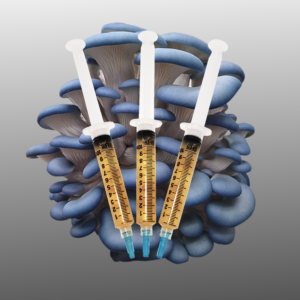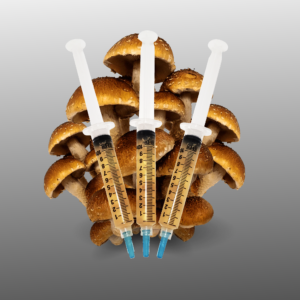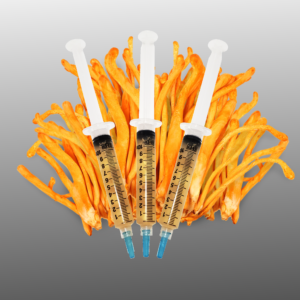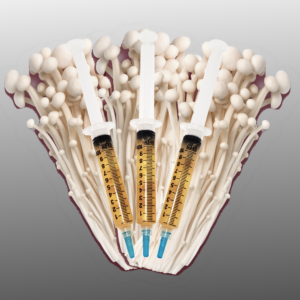In the intricate world of fungi, sclerotia stand as resilient enigmas beneath the soil, serving as nature’s ingenious storage units. These compact, hardened masses of fungal mycelium play crucial roles in the life cycles of certain fungi, contributing to their survival and propagation. Let’s unravel the mysteries of sclerotia, exploring their formation, functions, and significance in the fungal kingdom.
1. Formation and Structure:
Sclerotium Development: Sclerotia are specialized structures formed by certain fungi, primarily belonging to the Ascomycota and Basidiomycota phyla. These compact masses arise from the mycelium—the thread-like network of fungal cells—as a response to environmental conditions, often triggered by factors like nutrient scarcity or adverse circumstances.
Structural Adaptations: Sclerotia exhibit a robust and compact structure, differentiating them from the more delicate mycelial threads. Composed of densely interwoven hyphae, these structures can vary in size, ranging from small, pinhead-sized formations to larger, more conspicuous masses.
2. Survival Mechanism:
Sclerotia as Survival Reservoirs: The formation of sclerotia is an adaptive strategy employed by fungi to endure challenging conditions. In times of plenty, when nutrients are abundant, fungi channel their energy into sclerotium production. These resilient structures act as storage reservoirs, harboring nutrients and allowing the fungus to survive and reemerge when conditions become favorable.
Extended Viability: Sclerotia can remain dormant for extended periods, patiently awaiting the right cues to resume growth. This prolonged viability ensures the fungus’s ability to persist through adverse conditions, including periods of nutrient scarcity, environmental stress, or unfavorable temperatures.
3. Agricultural Significance:
Sclerotia in Plant Pathology: While sclerotia contribute to the survival strategies of many fungi, they also play a role in plant pathology. Certain plant-pathogenic fungi produce sclerotia as survival structures, allowing them to persist in the soil between growing seasons. This can lead to recurring infections and challenges for agricultural practices.
Crop Impact and Management: Sclerotia-forming fungi can impact crops by causing diseases such as white mold and sclerotinia rot. Agricultural management strategies often involve understanding the life cycle of these fungi, including the role of sclerotia, to implement effective disease control measures.
4. Commercial and Culinary Interest:
Sclerotia in Edible Fungi: Some fungi of culinary interest, such as the genus Pleurotus (oyster mushrooms), are known to produce sclerotia. These sclerotia are not only resilient storage structures but can also have culinary applications. In some cultures, certain sclerotia-forming fungi are cultivated for their unique textures and flavors.
Medicinal Applications: Certain fungi, like those in the genus Cordyceps, produce sclerotia with purported medicinal properties. These fungi have been traditionally used in various herbal remedies and are of interest for their potential health benefits.
5. Ecological Role:
Sclerotia in Ecosystem Dynamics: In the broader context of ecosystems, sclerotia contribute to the dynamics of nutrient cycling and microbial interactions. As resilient storage structures, they influence the availability of nutrients in the soil and participate in the intricate dance of fungal interactions with other organisms.
Conclusion: Fungal Fortresses Below the Surface
Sclerotia, with their compact resilience and role in fungal life cycles, underscore the remarkable adaptability of fungi in response to environmental challenges. From their formation as survival reservoirs to their impact on agriculture and culinary diversity, these fungal structures weave intricate threads in the ecological tapestry of our natural world. As scientists delve deeper into the mysteries of sclerotia, the multifaceted roles of these fungal fortresses continue to unfold, revealing their significance in the intricate dance of life below the soil’s surface.
-
100 Pack -18Ga 1.5inch(38mm) Dispensing Needles with Luer Lock, Individually Packaged
-
10ml Luer Lock Tip Syringes (No Needle) – Sterile, Individually Wrapped – 100 Syringes
-
30 Pack Plastic Petri Dishes with Lids, 90 x 15mm
-
6-Inch Sterile Cotton Tipped Applicators 1 Box of 100 Pouches, 1 per Pouch
-
Agar Agar Powder, 1lb
-
Blue Oyster Liquid Culture
-
Chestnut Mushroom Liquid Culture
-
Cordyceps militaris Liquid Culture
-
Enoki Mushroom Liquid Culture


